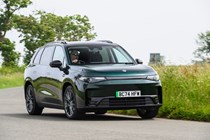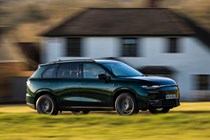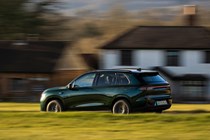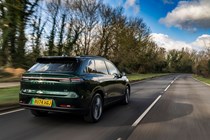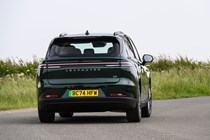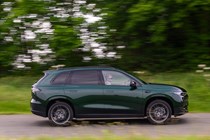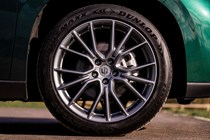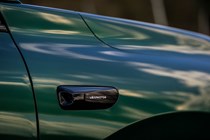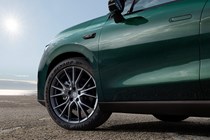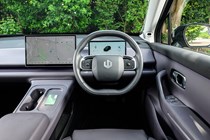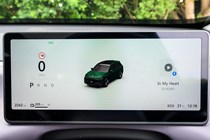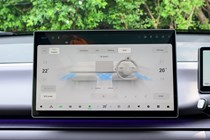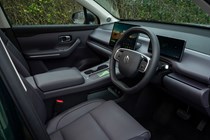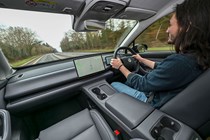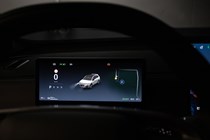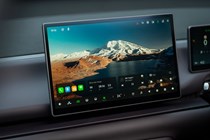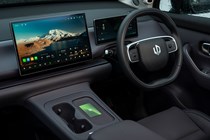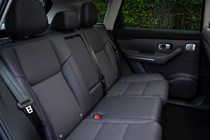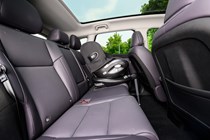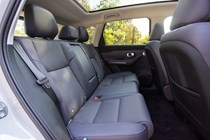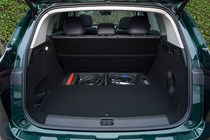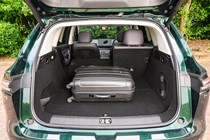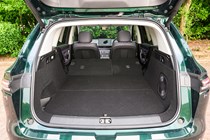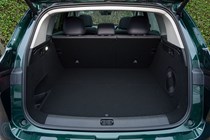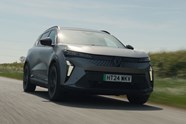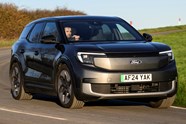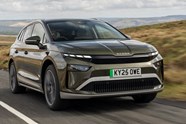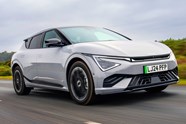LEAPMOTOR C10 review
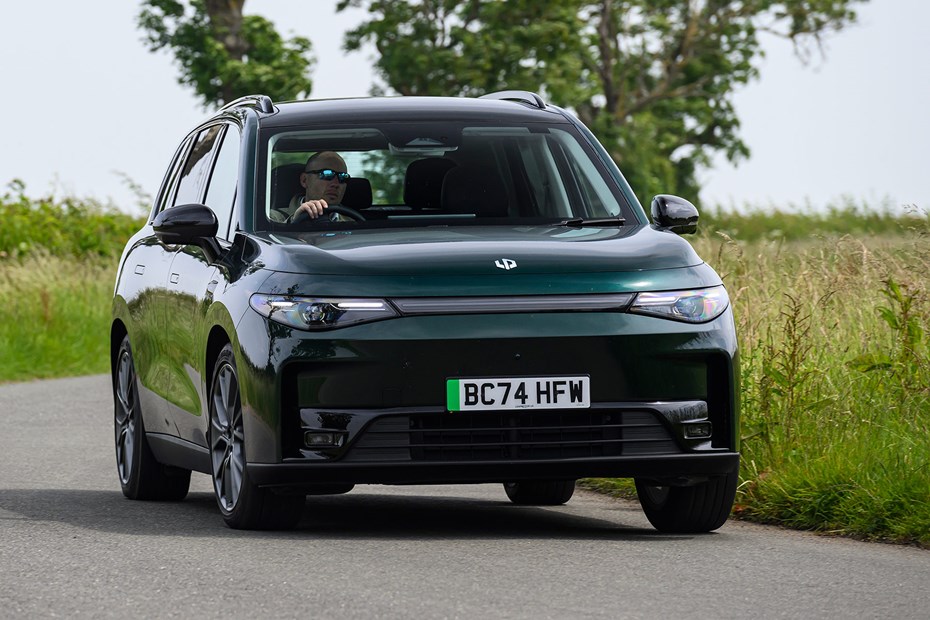
At a glance
| Price new | £36,500 |
|---|---|
| Used prices | £25,435 - £30,688 |
| Road tax cost | £195 |
| Insurance group | 41 |
Get an insurance quote with

|
|
| Fuel economy | Not tested to latest standards |
| Range | 261 miles |
| Number of doors | 5 |
| View full specs for a specific version | |
Available fuel types
Fully electric
Pros & cons
- Cosmically vast interior
- Loads of standard equipment
- Decent build quality
- Choppy ride, uninspiring dynamics
- Annoying, badly calibrated safety systems
- Boot not as capacious as rivals'
LEAPMOTOR C10 SUV rivals
Overview
Should you buy a Leapmotor C10?
The Leapmotor C10 is an all-electric SUV that’s bursting with equipment and interior space for not much cash – and for that reason alone deserves a closer look. If you want to plug in and go electric, and do so on a tight budget yet retain room for family duties in a crossover EV, you won’t find many cars offering quite so much for so little cash.
You’re taking something of a leap of faith, as we suspect you’ll be forever explaining the Leapmotor badge to your friends, neighbours and colleagues. Yes, you’ll suffer a few rough edges along the way (the slow battery charging rate, an unsophisticated driving experience and annoying driver assistance systems), but there’s no getting away from the fantastic value proposition on offer.
For £36,500 brand new, it strikes us as a bit of a bargain. Is it as refined as a Renault Scenic E-Tech or Skoda Enyaq on the road? Certainly not, but it’s comfortable enough and, by virtue of its generous equipment list and roomy cabin, some of its shortfalls can be forgiven at this price.
What’s new?
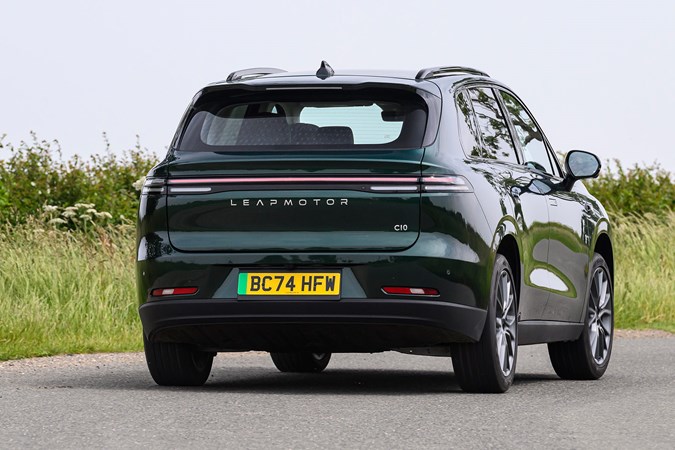
The Leapmotor C10 is a brand-new entrant to the electric family SUV segment. It’s a new Chinese EV brand whose cars are being distributed in Europe by Stellantis (the parent company of Fiat, Citroen, Peugeot and Vauxhall) after it spent £1.25 billion acquiring a 21% stake. You can see why they’ve done it: it’s a smart way to fast-track an electric SUV at aggressive prices to undercut the competition.
The C10 is the flagship of the range – and it’s joined by the smaller T03 electric city car, bookending Leapmotor’s model range. The brand is planning a pretty brisk expansion strategy, as these two cars will be joined by a Hyundai i20-sized hatchback, a Ford Puma-sized SUV and a Volkswagen Tiguan-rivalling SUV by the end of 2026. I’d say it’s a rapid roll-out designed to wrongfoot rivals.
Leapmotor faces some tough competition, though. The C10 is wading into a saturated marketplace dominated by the likes of the Tesla Model Y, Skoda Enyaq and brilliant Renault Scenic E-Tech (our 2025 Parkers Car of the Year). So, why would anyone buy a car from an unproven manufacturer when there are already so many great alternatives on sale from tried-and-tested brands?
One word: value. Prices for the Leapmotor C10 start at below £37k in the UK and there is only one model to choose from. That’s about the same cost as an entry-level Renault Scenic E-Tech, but you’re getting far more standard equipment by opting for the newcomer. We’re talking a 14.6-inch touchscreen, a wireless smartphone charger, electric heated and ventilated seats, an enormous panoramic glass sunroof, privacy glass and a heated steering wheel. You’d need to spend upwards of £45,000 to get the same amount of equipment on a Scenic.
Keep reading to find out whether the value-driven C10 has what it takes to topple its established European rivals, or whether it’s just another attractively priced also-ran in the turbulent EV market.
We’ve the definitive verdict written by our Director of Digital Content Tim Pollard, with contributions from Parkers’ Deputy Editor Luke Wilkinson (above) and our Staff Writer Seth Walton, who’ve spent many hundreds of miles driving several different examples of the C10 across European and UK roads.
To find out more about how we formed the opinions in our Leapmotor C10 review, head over to our how we test cars explainer page.



